2022 Adrian Awards: Platinum and President’s Award Honorees Special Report
In a year that started heavily impacted by the pandemic, destination travel marketing became more prevalent, especially highlighting the ecotourism trend of sustainable and responsible travel. The focus area of recruitment brought us entries that pushed the envelope creatively. We were awed by multi-faceted campaigns with great integration of all platforms, from traditional channels to new and exciting ones like VR, TikTok, and Twitch. We found beautiful storytelling, high quality content, and skillful use of influencers to really engage with guests. Finally, many brands and destinations are focusing on inclusive travel. Winning entries in the diversity, equity, and inclusion focus area included engaging, thoughtful, and authentic storytelling.
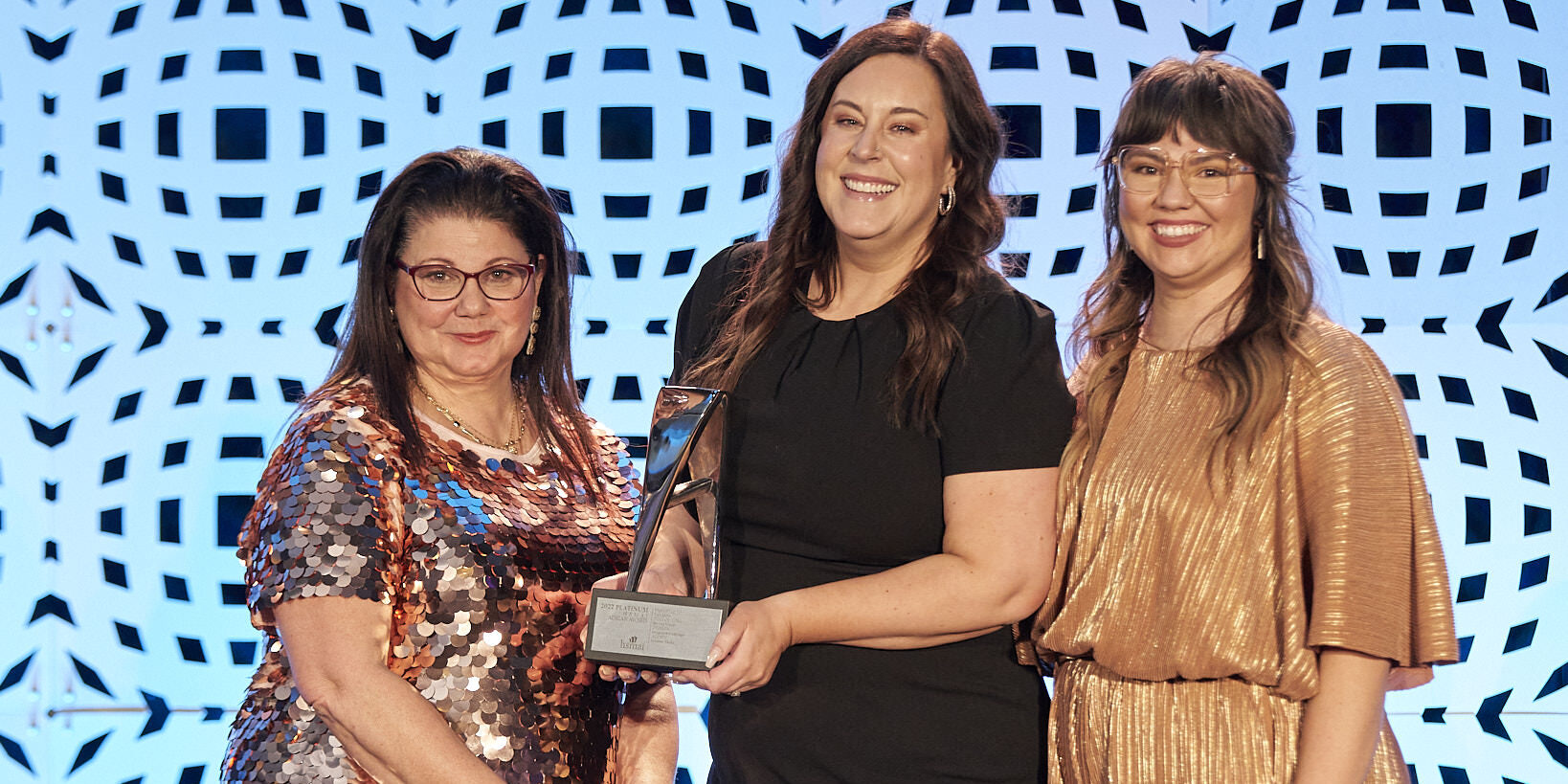
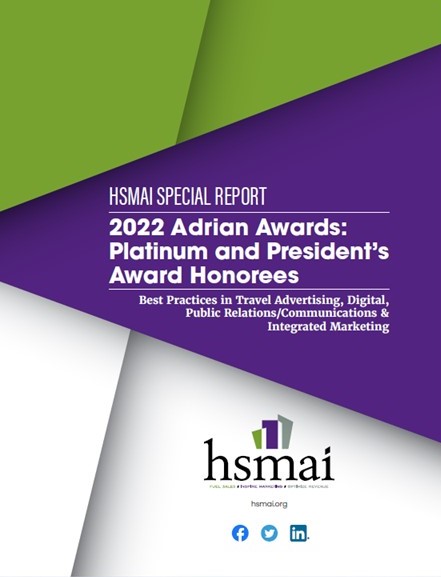


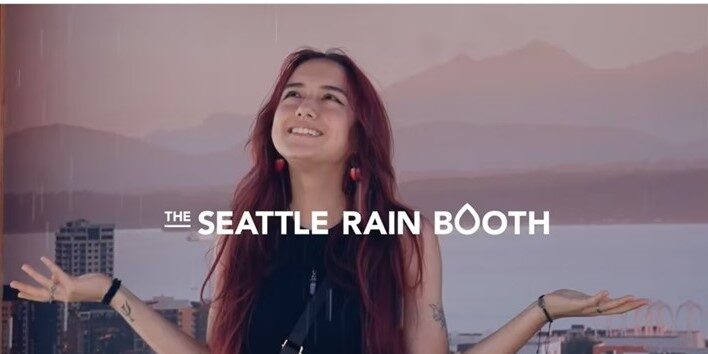
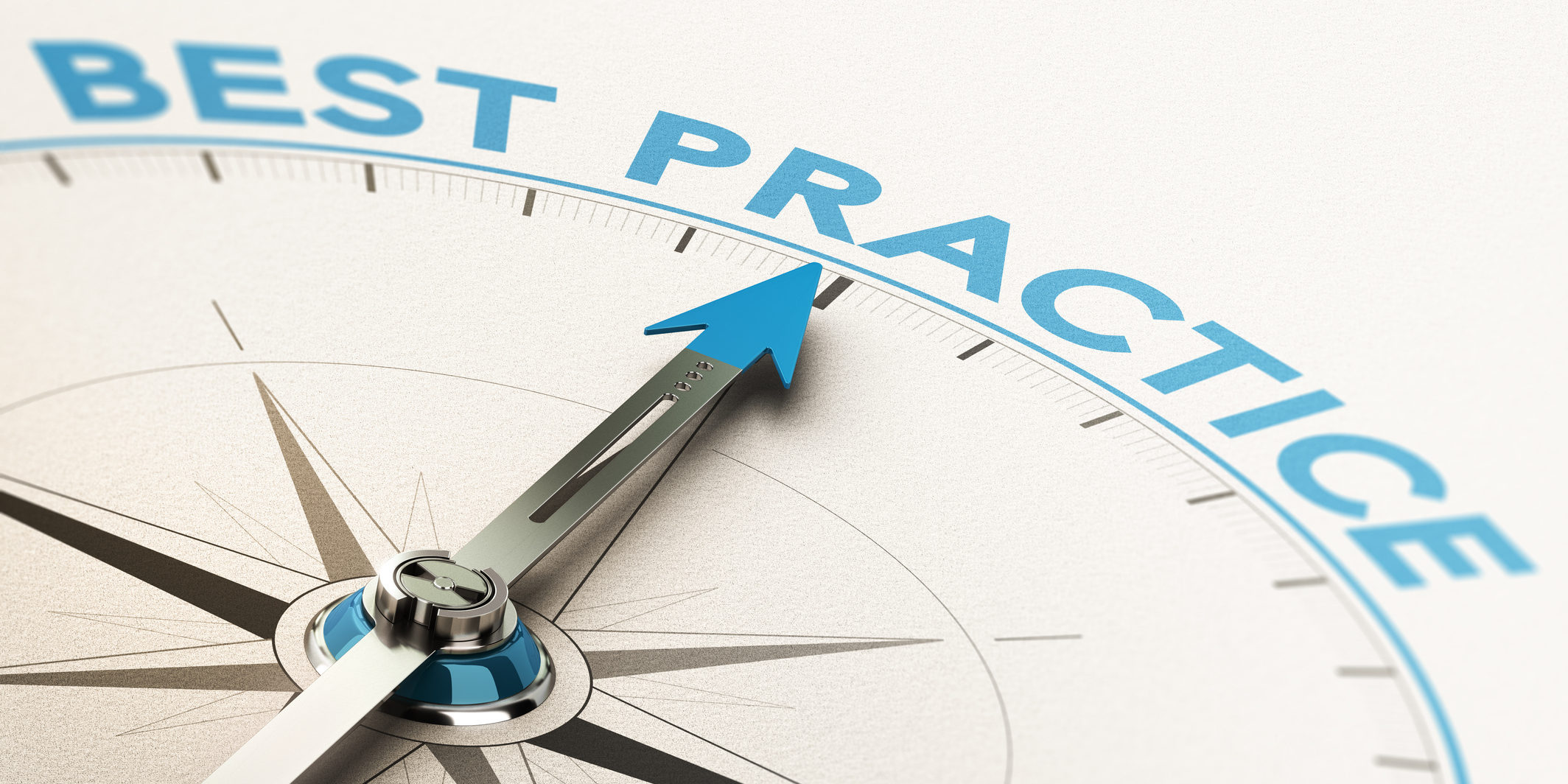
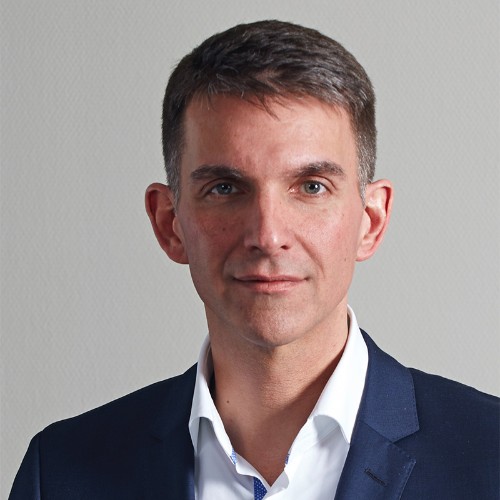 Across the world, long term relationships with loyal franchise partners are being put to the test. This is especially true for mid-size operating companies working in a multi-brand franchise environment. Hotels are increasingly questioning what they receive in return to their brand royalty fees, their system and transaction fees, loyalty fees, etc
Across the world, long term relationships with loyal franchise partners are being put to the test. This is especially true for mid-size operating companies working in a multi-brand franchise environment. Hotels are increasingly questioning what they receive in return to their brand royalty fees, their system and transaction fees, loyalty fees, etc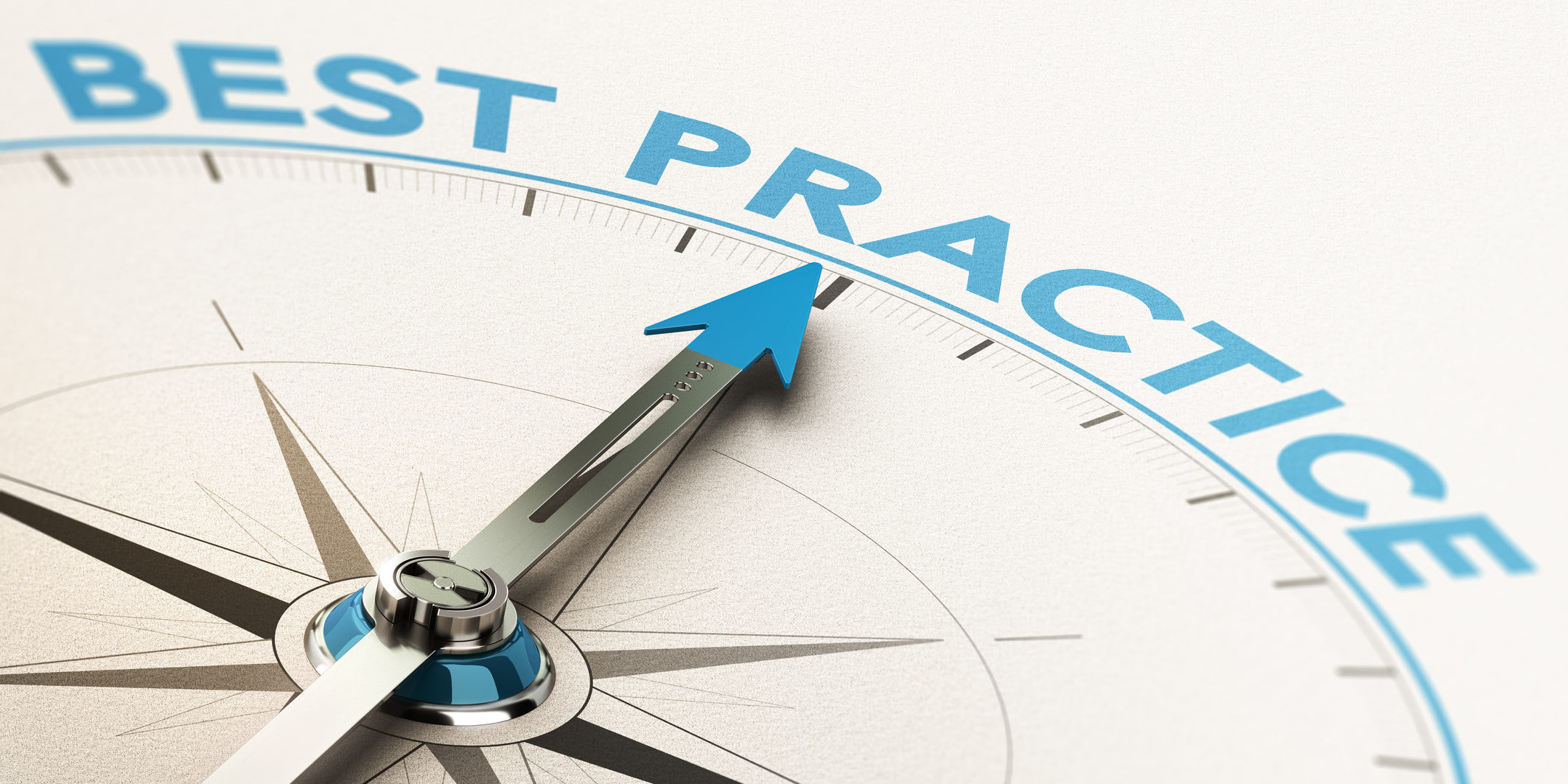

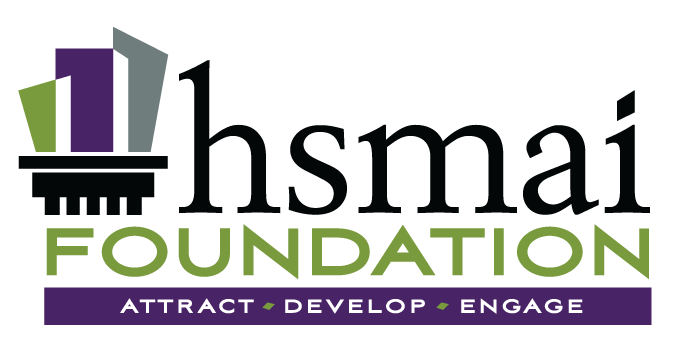
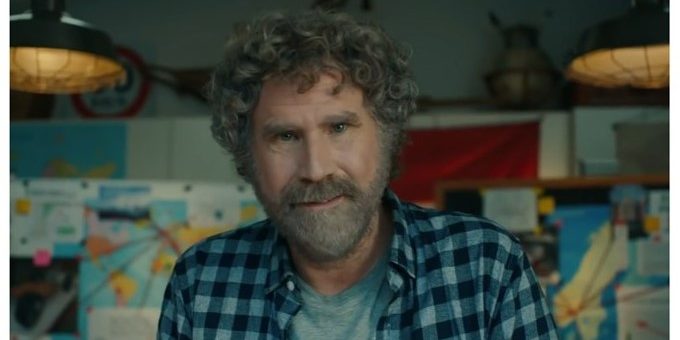


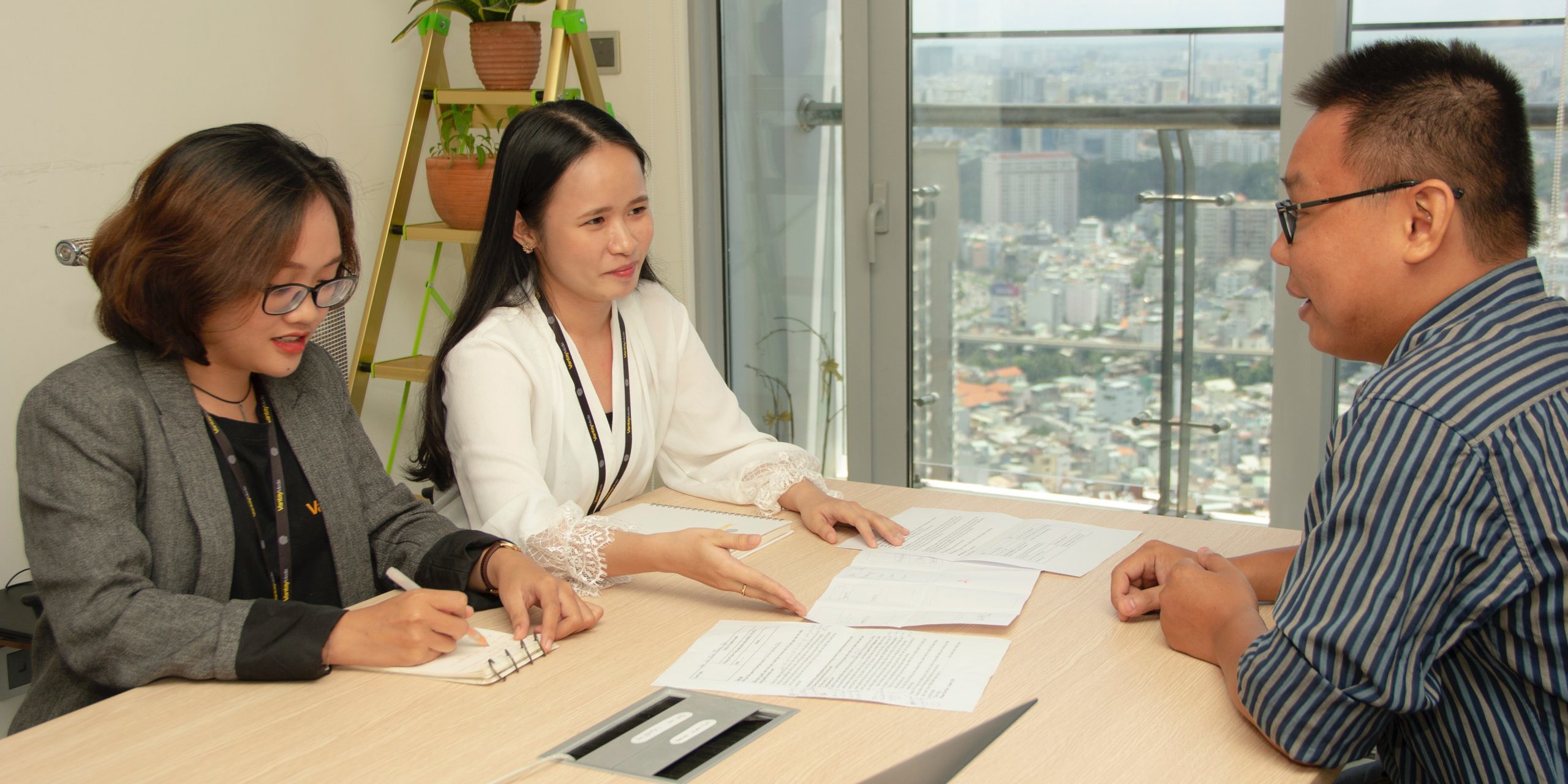

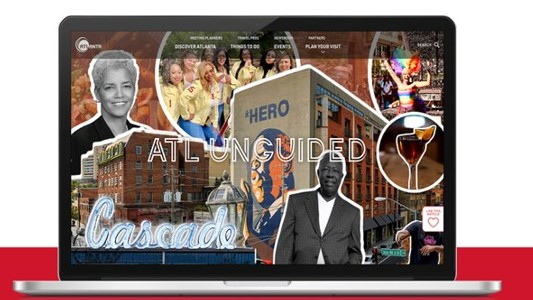 When a user reaches the homepage, they are greeted with a large header video that features couples and families of all ages and ethnic backgrounds discovering things to do. The agency worked with local Black content creators to write inspiring, personal stories of their favorite places to spend time in Atlanta, so travelers got a local’s view of the city.
When a user reaches the homepage, they are greeted with a large header video that features couples and families of all ages and ethnic backgrounds discovering things to do. The agency worked with local Black content creators to write inspiring, personal stories of their favorite places to spend time in Atlanta, so travelers got a local’s view of the city.